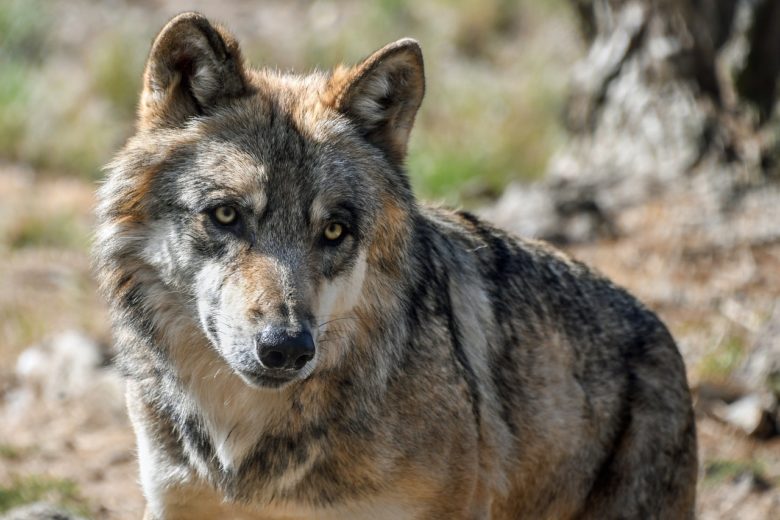
Animals Brought Back From Extinction in the Past Decade
We are reader-supported. When you buy through links on our site, we may earn affiliate commission.
Sustainability is all about finding new ways to protect the planet. You might conserve natural resources or recycle more, but you should also think about how people can help the animal kingdom. Animals survived throughout most of history without depending on people, but now human pollution and hunting habits have brought some species to near extinction, and it’s our job to ensure those species are animals brought back from extinction.
It’s created more of an urgency for people to jump into conservation efforts. Sometimes this means enacting laws, and other times it’s about putting a species on endangered lists. When you’re beginning your journey to a more eco-friendly life, you should learn about which species are most at risk and what people do to save them.
Here are some animals brought back from extinction in the past decade. The efforts that saved them may help other species that become endangered.
1. Virginia Northern Flying Squirrel
As a kid, you may have seen flying squirrels in museums or zoos. They make rare appearances in certain parts of the world, and have shown up less frequently in the last decade because they became endangered. Specifically, the Virginia northern flying squirrel began to die out in the 1880s thanks to the exponential growth of the industrial logging industry. In 1985, they were listed under the Endangered Species Act (ESA) and given the protection of federal law. It wasn’t until 2013 that conservation groups noted that squirrel populations began to grow again, popping up in hundreds of locations within their natural habitat.
2. Steller Sea Lion
Sea lions originally made the northwest coast of the U.S. their home because of the colder climate and abundant fish population. By the 1990s, experts saw a dramatic decrease in sea lions because humans were removing most of the fish. After various laws passed in the ’90s to protect them, sea lions began to repopulate the coastline and have become a regular part of the local environment in the last decade.
3. Brown Pelican
It’s easy to take pelicans for granted when they fly over beaches all around the world, but the brown pelican was once an endangered species. During the 1960s, U.S. residents began to use the pesticide DDT to control outbreaks like malaria and insect-related diseases. As brown pelicans ate fish that swam in polluted waters thanks to chemical runoff, their eggs formed weaker outer shells that quickly broke under mothers trying to keep their eggs warm.
After the government began to regulate the pesticide, the brown pelican population started to boom. Today, they’re back to their average growth rates, but remain threatened by human actions like oil spills and construction.
4. Gray Wolf
For many, it’s unimaginable to have a world without wolves, but it almost happened. The gray wolf species nearly ended in the late 1900s. This prompted government officials to add them to the Endangered Species Act. After doing so in 1974, the gray wolf population has grown at a steady rate across the country, although they only occupy about 15% of the territory they once roamed.
It’s good news that theses wolves have sprung back from near extinction in the last decade, but a recent call to remove them from the ESA could set them back in the future. If they begin to die off again, they’ll join over 1 million other animals at risk for extinction in the coming years.
5. Siberian (Amur) Tigers
Siberian tigers used to roam countries like Russia until hunting killed most of them in the 1940s. By the mid-1900s, only 40 tigers remained known to conservation experts, prompting the urgent need to help their population. It’s been a tough road, but this past decade has brought their numbers to 540 tigers and more, depending on which area of Russia experts track.
Still, their growth hasn’t mirrored the exponential increases seen in species like the brown pelican and the gray wolf. It’s challenged scientists to consider cloning Siberian tigers, which prompts many discussions around the practice’s morality. Everyone from conservation enthusiasts to experts debates if cloning is ethical, which is a conversation that will continue well into the future as trial results come in.
6. Southern Sea Otters
Sea otters may be a favorite stop at many zoos, but they once became an endangered species for many reasons. Hunting, fishing and oil spills decreased their U.S. population from around 300,000 otters to less than 2,000. Recent years have brought those numbers back to just over 107,000, but there’s still more work to be done.
Even with scientists keeping tabs on populations, the current extinction rate can jump to 10,000 times higher than what’s normal. Even with animals recovering over the past 10 years, the human habits that dwindled their population continue to threaten species around the world.
Work Still Remains for Animals Brought Back from Extinction
It’s worth pausing to celebrate the growth in these particular species because it encourages people to keep going. Activities like fishing, hunting and negligence regarding oil mining are still a threat to the future of the animal kingdom. Encourage yourself with these animals brought back from extinction and then remember to keep up the fight for sustainability.
Share on
Like what you read? Join other Environment.co readers!
Get the latest updates on our planet by subscribing to the Environment.co newsletter!
About the author

Jane Marsh
Starting from an early age, Jane Marsh loved all animals and became a budding environmentalist. Now, Jane works as the Editor-in-Chief of Environment.co where she covers topics related to climate policy, renewable energy, the food industry, and more.





